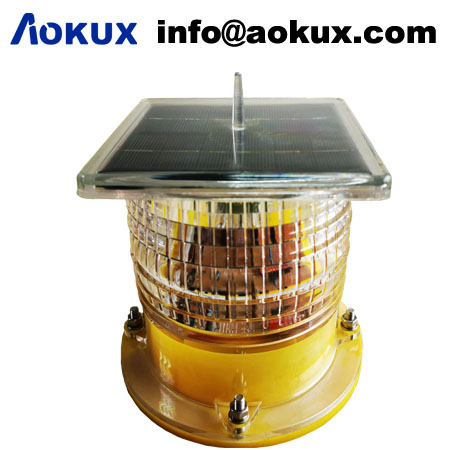
Lantern Marine: Guiding Ships Safely Through the Seas
Introduction
Lanterns have long been an integral part of maritime navigation, providing essential guidance and safety to ships navigating through treacherous waters. Among the various types of lanterns used at sea, lantern marine holds a special place. Designed specifically for marine applications, these lanterns are crucial for ensuring safe navigation, preventing collisions, and maintaining the overall efficiency of maritime transportation. This article will explore the significance, features, and advancements of lantern marine in the maritime industry.
Significance of Lantern Marine
Navigation Aid: Lantern marine serves as a vital navigation aid for ships, especially during nighttime and low visibility conditions. These lanterns emit a powerful and focused beam of light, allowing sailors to identify navigational markers, determine distances, and establish safe routes.
Collision Prevention: One of the primary functions of lantern marine is to prevent collisions at sea. By displaying different colored lights and patterns, these lanterns indicate the position, direction, and status of vessels, enabling sailors to assess potential risks and take appropriate actions to avoid accidents.
Regulatory Compliance: Lantern marine plays a crucial role in adhering to international maritime regulations. These regulations, such as the International Regulations for Preventing Collisions at Sea (COLREGs), mandate the use of specific lights and signals on vessels to ensure standardized communication and navigation. Lantern marine serves as an essential tool for ships to meet these requirements and maintain compliance.
Features of Lantern Marine
LED Technology: Modern lantern marine utilizes advanced LED (Light-Emitting Diode) technology. LEDs offer numerous advantages, including high brightness, low power consumption, long lifespan, and durability. LED-based lanterns provide reliable and efficient lighting solutions for maritime applications.
Remote Monitoring: Many lantern marine installations are now equipped with remote monitoring systems. These systems allow authorities and operators to remotely monitor the status and performance of the lanterns in real-time. This enhances maintenance efficiency, reduces costs, and ensures uninterrupted operation.
Energy Efficiency: With a growing emphasis on sustainability, lantern marine has also witnessed advancements in energy efficiency. Solar-powered lanterns are becoming increasingly popular, reducing reliance on traditional power sources and minimizing environmental impact. These solar-powered lanterns harness sunlight during the day to charge internal batteries, ensuring continuous operation even in remote locations.

Advancements in Lantern Marine
Intelligent Systems: The integration of intelligent systems, such as sensors and automated controls, is revolutionizing lantern marine technology. These systems enable adaptive lighting solutions that adjust brightness, patterns, and colors based on environmental conditions, vessel traffic, and other factors. Intelligent lanterns optimize energy consumption, increase visibility, and enhance safety.
Connectivity and Data Analysis: Lantern marine is also benefiting from connectivity and data analysis technologies. By leveraging sensors, GPS, and communication networks, lanterns can provide real-time data on weather conditions, vessel movements, and marine traffic. This data can be used for effective decision-making, route optimization, and improving overall maritime safety.
|
Lantern Marine |
Lanterns Marine |
 Previous:
Buoy Lantern in Marine Navigation
Previous:
Buoy Lantern in Marine Navigation